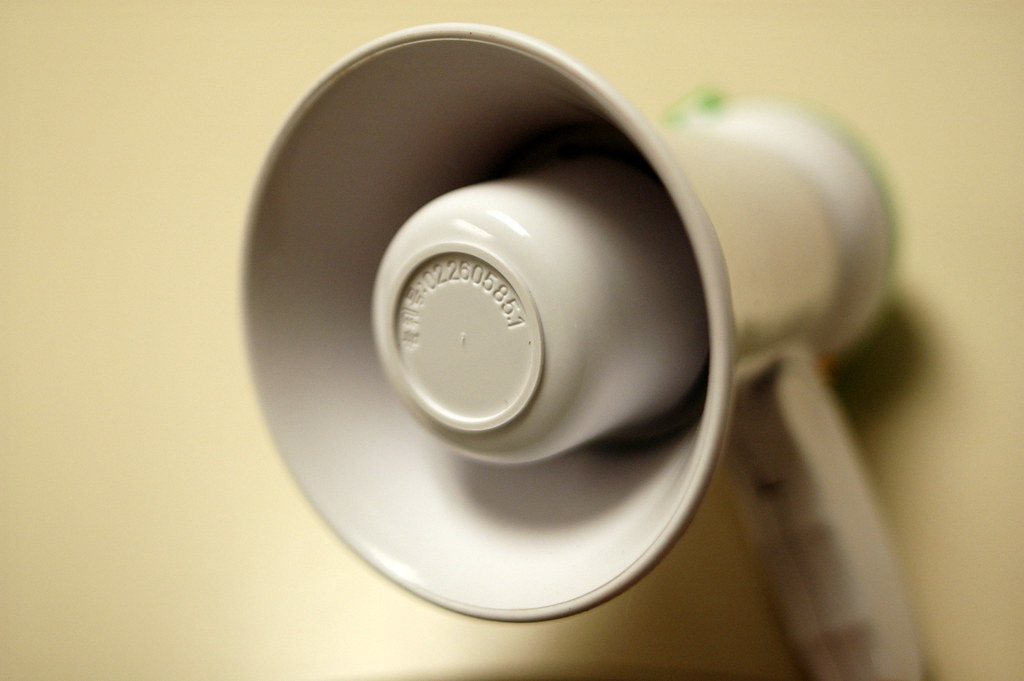
NAMI recently shared this profile of a woman living with schizoaffective disorder. They did a really nice job and it reminds me of addiction recovery advocacy and stigma reduction messaging circa 2000.
It got me wondering which elements reminded me of that older brand of recovery advocacy.
First, it frames Ashley as a resource rather than a victim or threat. The community is a better place because she’s a part of it.
Ashley Smith is a mom, a peer counselor, a taxpayer, athlete, neighbor, mother, and friend. She considers herself a friendly person, a self-identity that she’s had for a long time. “I’ve always been a go-getter, very self-motivated, easy to get along with,” she says.
Second, it provides some education about her recovery and how she describes it.
“I have been in recovery since 2007,” she says, succinctly summing up the way she views her life post-diagnosis. She views her recovery journey as both an achievement and a path that she continues to follow.
I find it interesting that she frames it as a process and an achievement. This is something we’ve explored in several posts on this blog.
Third, they frame her recovery and story in the context of her illness while also making it clear there is much more to her than her illness. The illness frame presents it as treatable, something that can happen to anyone, and a no-fault condition that can lead to trouble.
Fourth, it talks about treatment and her recovery in a way that frames her as an active agent in her own recovery–her role is not to be a passive recipient of professionally directed care. It fits with the aphorism, “I’m not responsible for my illness, but I am responsible for my recovery.”
It’s my experience that recovery advocacy has move away from some of these elements.
I see a lot of recovery advocacy that emphasizes victimhood.
I see a lot of recovery advocacy de-emphasizing illness in favor of substance use as a behavior. (Often a freely chosen behavior and a right.) I’m not sure which came first, but this seems to be related to a movement from an emphasis on people with addiction to people who use drugs (PWUD).
I also see a lot of recovey advocacy that emphasizes what must be done to and for people with drug problems, in contrast to past messages that emphasized access to care so that they have the opportunity to do the work of recovery.
This post is not criticism as much as it is an exercise in stepping back and noticing where we’ve been and where we are now. These are just a few elements and thoughts that lept out at me after reading that profile.
I don’t doubt that some strategies changed because some needs were not being addressed. I also don’t doubt that what’s needed for mental health advocacy and addiction advocacy might be different. It also makes sense that there be multiple kinds of advocacy happening simultaneously, with some divergence in messaging.
It would be interesting to explore how accurate these impressions are, what’s been lost and gained with these changes, as well as who benefits and who doesn’t benefit.
